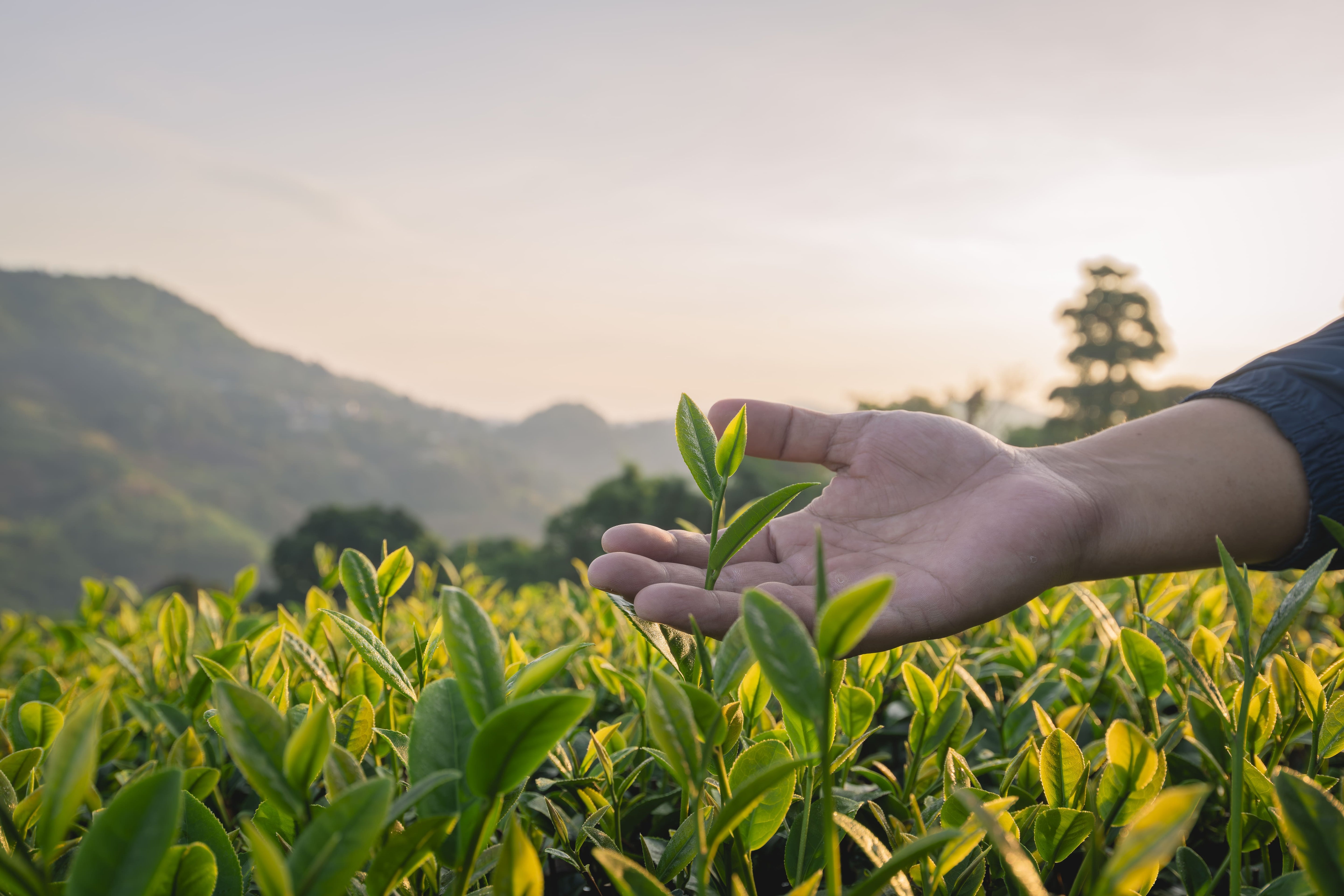
Matcha Tea

Insights into Matcha Tea
Properties of Matcha Tea
- Aroma: fresh, herbaceous and lively.
- Taste: rich and intense, with a natural sweetness that balances the herbaceous profile.
- Traditional preparation: a bamboo whisk (chasen) is used to obtain a dense, homogeneous foam.
- Content: 100 grams per pack.
Benefits of Matcha Tea
Rich in antioxidants and vitamins, Matcha tea is a true ally for well-being. It supports metabolism, promotes concentration, and provides sustained energy thanks to its theine content. Perfect for starting the day or as a refreshing drink during a break, Matcha combines tradition and health in a single cup.

